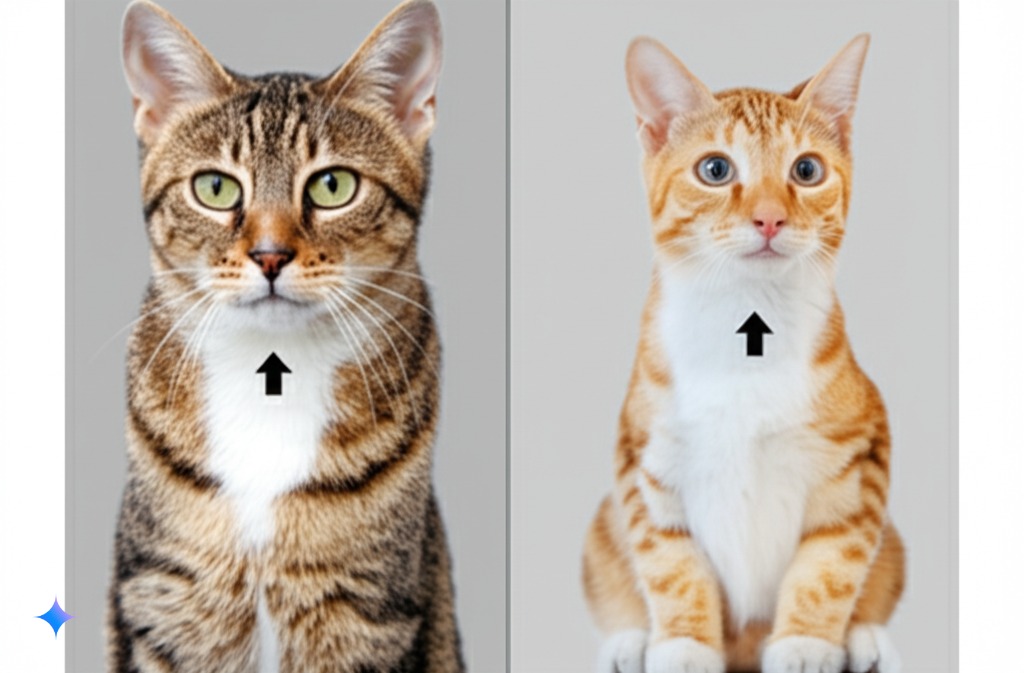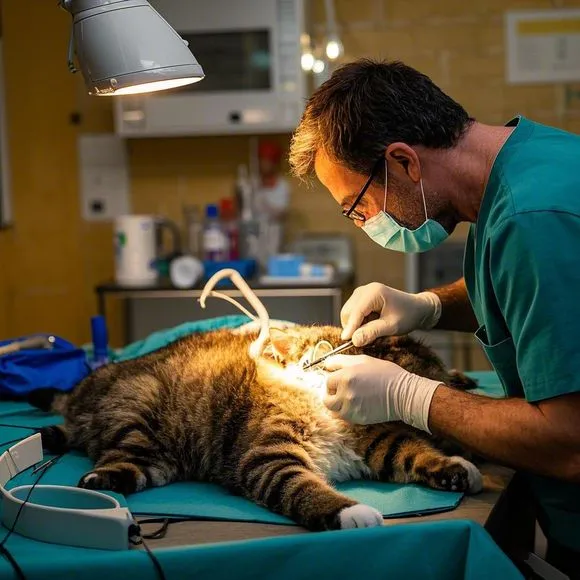When it comes to choosing a feline companion, one of the most common questions pet owners face is: Is it better to keep a male cat or a female cat? This decision can significantly impact your experience as a cat owner, and understanding the differences between male and female cats can help you make an informed choice. In this article, we will explore the various aspects of male and female cats, including their behavior, health considerations, and suitability for different households.

1. Overview of Gender Differences
Understanding Biological Differences
Male and female cats exhibit distinct biological differences that can influence their behavior and personality. Male cats, or tomcats, typically weigh between 10 to 15 pounds, while female cats usually weigh between 8 to 12 pounds. This weight difference may seem minor, but it can affect their overall health and activity levels.
Hormonal Influences
Hormones play a crucial role in shaping a cat’s behavior. Male cats have higher levels of testosterone, which can lead to more territorial and aggressive behavior. On the other hand, female cats, especially those that are not spayed, may exhibit more nurturing behaviors and can be more vocal during their heat cycles. Understanding these hormonal influences is essential when considering which gender may be a better fit for your lifestyle.
2. Personality and Behavior
Characteristics of Male Cats
Male cats are often perceived as more playful and outgoing. They tend to be more social and may seek attention from their owners more frequently. However, this social behavior can sometimes lead to issues such as marking territory with urine, especially if they are not neutered.

Characteristics of Female Cats
Female cats, in contrast, are generally more independent. They may enjoy spending time alone and can be less demanding of attention. Many owners report that female cats are often more affectionate and bond closely with their humans, making them excellent companions.

3. Neutering and Health Considerations
Neutering Male Cats
Neutering male cats can significantly reduce undesirable behaviors such as aggression and territorial marking. Studies have shown that neutered male cats tend to live longer, healthier lives. They are less prone to certain diseases, including testicular cancer and prostate issues.

Spaying Female Cats
Spaying female cats not only prevents unwanted litters but also reduces the risk of certain health issues, including mammary tumors and uterine infections. Spayed females are often calmer and more affectionate, making them great family pets.

4. Cost of Ownership and Care
Financial Considerations
When deciding between a male or female cat, it’s essential to consider the financial implications. Male cats may require additional expenses for neutering, especially if they exhibit more aggressive behaviors that lead to injuries. Female cats also incur costs related to spaying, but they may have fewer long-term health issues if spayed early.
Routine Care
Both male and female cats require routine veterinary care, including vaccinations and regular check-ups. However, male cats may face specific health issues related to their reproductive systems, which can lead to additional vet visits.
5. Suitability for Different Household Environments
Active Households
If you have a busy household with children or other pets, a male cat may be a better fit due to their playful nature. They often enjoy engaging in interactive play, which can be beneficial for families looking for a lively companion.

Quiet Homes
In contrast, if you prefer a quieter environment or are looking for a more independent pet, a female cat may be the ideal choice. Their calm demeanor can provide a soothing presence in a tranquil home.

6. Conclusion
In conclusion, the decision to keep a male or female cat ultimately depends on your lifestyle and preferences. Male cats tend to be more playful and social, while female cats are often more independent and affectionate. Both genders have their unique advantages and challenges.
Making Your Choice
Consider your household dynamics, budget, and the type of companionship you desire. Whether you choose a male or female cat, both can bring joy and love into your life. Remember, the most important factor is to provide a loving and nurturing environment for your new feline friend.
FAQ
1. What are the main behavioral differences between male and female cats?
Male cats are often more playful and social, while female cats tend to be more independent and affectionate.
2. Do male or female cats live longer?
Spayed and neutered cats of both genders generally live longer, but female cats may have a slight edge in longevity due to lower risks of certain health issues.
3. Are there any health risks associated with male or female cats?
Yes, male cats can face issues related to their reproductive systems, while female cats may be at risk for mammary tumors if not spayed.
4. Which gender is better for families with children?
Male cats are typically more playful and may be better suited for active households with children.
5. How important is neutering or spaying?
Neutering and spaying are crucial for preventing unwanted litters and reducing the risk of certain health issues in both male and female cats.
In summary, whether you choose a male or female cat, understanding their unique characteristics and needs will help you create a fulfilling relationship with your new furry friend.